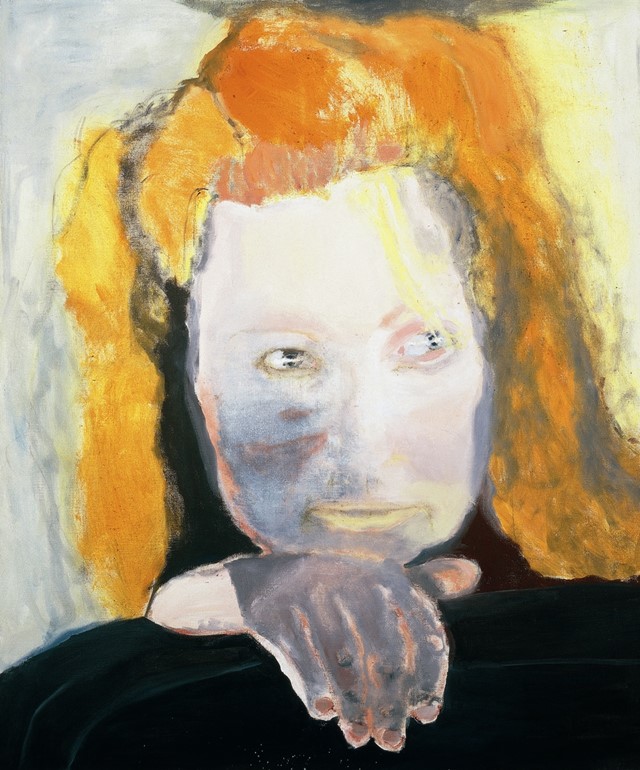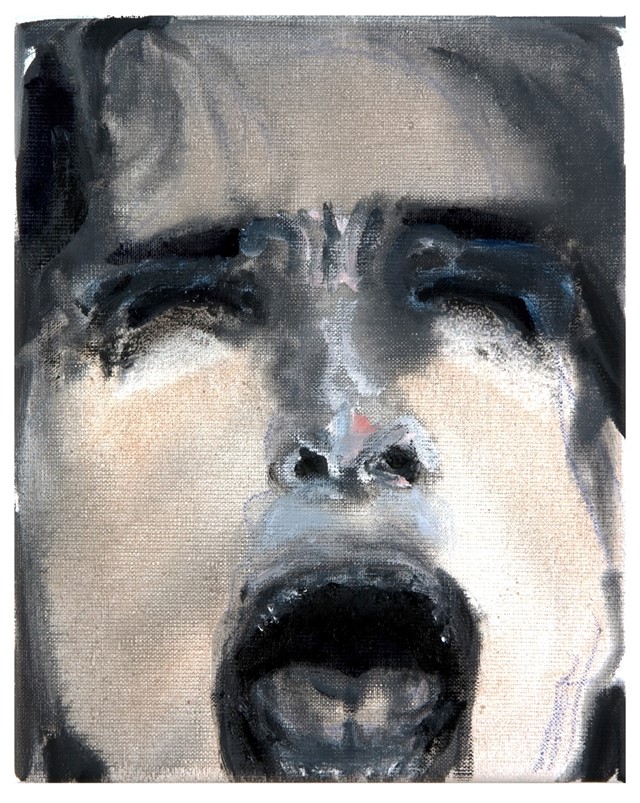Who? Before 2008, South African artist Marlene Dumas remained largely unknown beyond the realms of curators and collectors, most of her works selling for around the £50,000 bracket. But everything changed that year, when her painting The Visitor sold at Sotheby’s for £3.1m, temporarily making Dumas the world’s most expensive living female artist. Today she is widely celebrated for her abstract investigations of the human condition, inspired by personal memories and a diverse array of printed matter (from Polaroid photographs to magazine cuttings) which she then translates to canvas in her distinctive, highly expressive style.
What? Dumas is currently the subject of an unique retrospective at London’s Tate Modern, showcasing more than 100 of her most provocative and contemplative paintings, drawings and collages from the late 1970s to the present day. Spanning fourteen rooms, this large-scale survey is the most significant exhibition of her work ever to be held in Europe.
Depicted in ghoulish hues, Dumas's largely figurative works explore themes of race, sexuality, guilt and innocence, violence and tenderness. Playing with the imagination of her viewers, and their preconceptions and fears, Dumas's subjects are drawn from both public and personal references, including her daughter and herself, as well as recognisable faces such as Amy Winehouse, Naomi Campbell and Princess Diana. "Secondhand images", she has said, "can generate first-hand emotions," and indeed, what sets Dumas's work apart is the remarkable sense of truth and vitality it pervades; its encapsulation of life's many complexities.
Why? A portrait artist in the general sense, Dumas's work above all represents an emotion or a state of mind; her portraits “tend to be contextless, her subjects’ faces and limbs floating disembodied, arranged for maximum drama on a washed-out backdrop.” Dumas’s art is rooted in an exploration of the difference between an image and a painting. In an age dominated by the digital image and mass media, Dumas "cherishes the physicality of the human touch with work that is a testament to the meaning and potency of painting."
Marlene Dumas: The Image as Burden is at Tate Modern until May 10.
Words by Gillian Hopper






